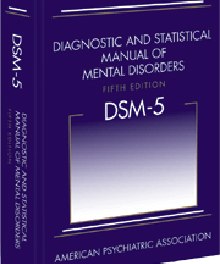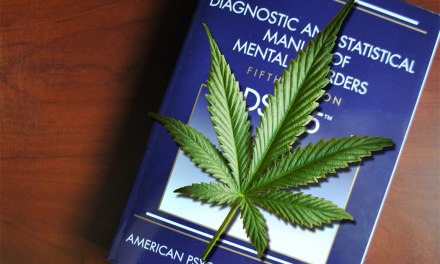If you work in behavioral health, you’re probably aware of the correlation between Antisocial Personality Disorder (ASPD) and various substance use disorders, especially alcohol-related. That appears to hold true for Gambling Disorders (GD) as well. Adults who qualify for an ASPD diagnosis tend to have one or sometimes both as a co-disorder.
It makes treatment all the more challenging. The traits we associated with Antisocial PD– we’ll discuss those shortly– seem designed to make things more difficult for someone whose aim is to establish stable recovery.
I experienced this first-hand while working with offenders in an alternative correctional setting some years ago. We learned to focus on both disorders in an integrated treatment plan, rather than trying to treat them separately, or one before the other. It was almost a matter of self-defense. Without the dual focus, lapse and relapse rates were prohibitively high.
Like many psychiatric disorders, there appears to be no single cause for ASPD, rather a combination of genetics and environment. According to the DSM5, distinguishing traits include a mix of the following:
- Repeated arrests, or actions that would be grounds for arrest if discovered
- A pattern of deceiving others— ordinarily for personal gain or even pleasure
- Aggressiveness, often physical altercations or attempts to intimidate
- Reckless disregard for safety, their own or others
- Pattern of irresponsibility or unfulfilled obligations
- Lack of remorse for one’s actions, or a pattern of rationalizing harm or mistreatment.
One criminologist characterized ASPD as a “job description for a life of crime… especially the sort where you keep getting caught.” Often that’s due to a comorbid problem with alcohol or drugs. Or gambling— if that combo sounds like a recipe for trouble, it is.
Impulsiveness and failure to plan, both characteristic of many ASPD patients, are a principal reason that so many actions result in a bad outcome. One that often could’ve been prevented, if only the individual had seen it coming. But they hadn’t.
A big part of relapse prevention with ASPD patients involves building skills to improve decision-making. Sometimes reviewing past decisions in light of their outcome can be very helpful (one former client referred to this as the “What Were You Thinking?” test.)
And it can open the door for the introduction of a step-by-step method for evaluating real-life plans and actions before they are implemented.
Still, given the nature of the disorder, recovery may require more than one attempt.













